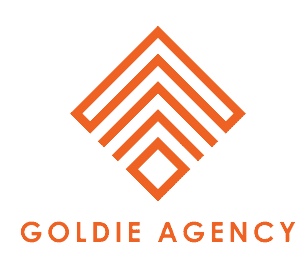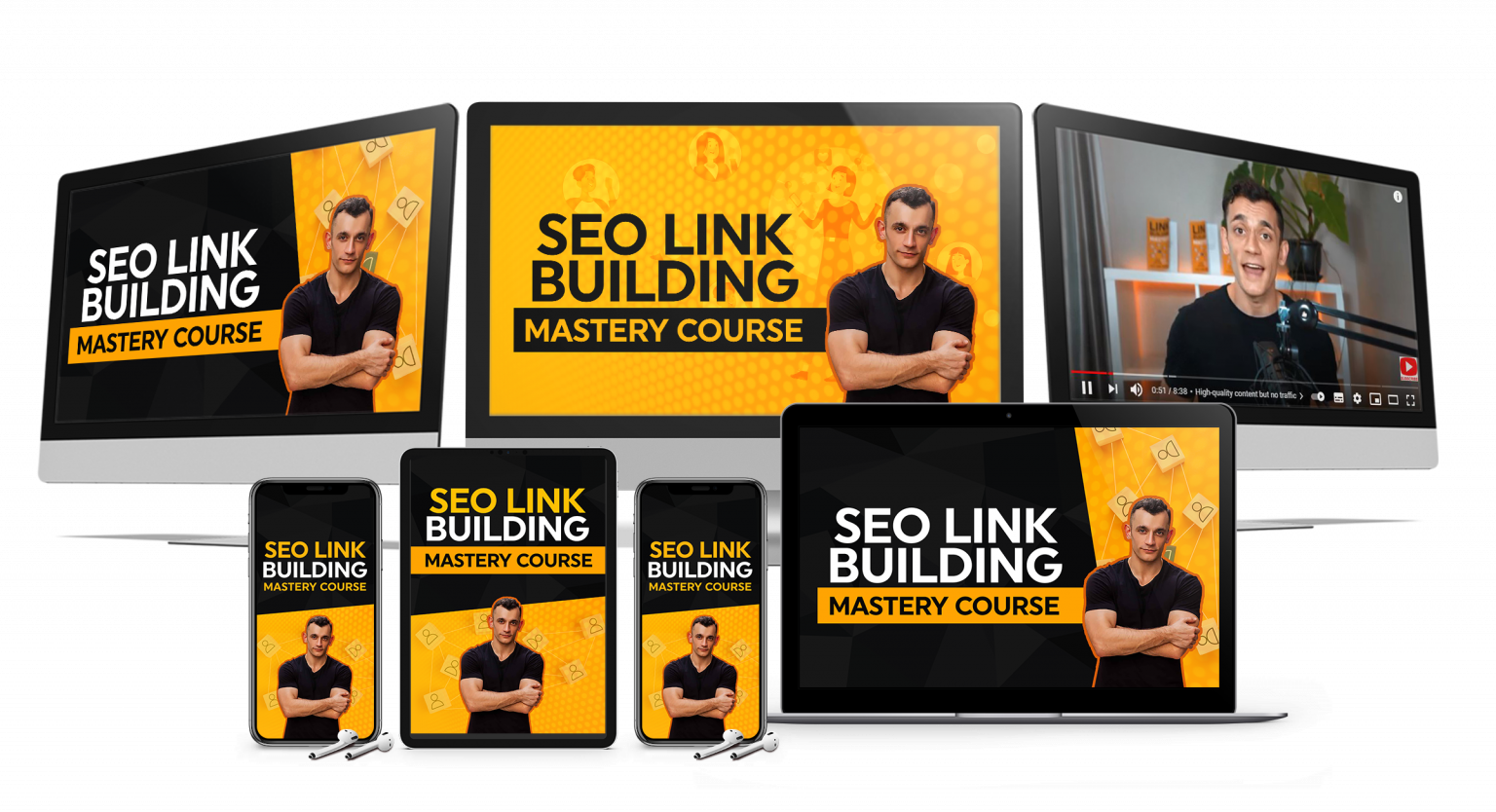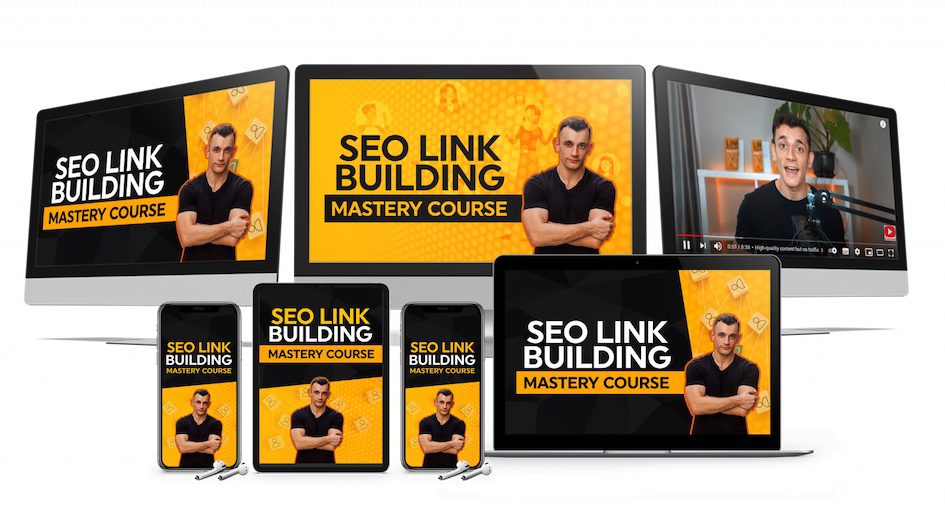Most people spend hours writing blog posts that never rank.
But what if you could create an SEO-optimized article — complete with keywords, headings, meta tags, and schema — in under 10 minutes using only four ChatGPT prompts?
That’s exactly what you’re about to learn.
Watch the full walkthrough below 👇
🚀 Get a FREE SEO Strategy Session + Discount Now: https://go.juliangoldie.com/strategy-session
Want to get more customers, make more profit & save 100s of hours with AI? Join me in the AI Profit Boardroom: https://go.juliangoldie.com/ai-profit-boardroom
🤯 Want more money, traffic & sales from SEO? Join the SEO Elite Circle: https://go.juliangoldie.com/register
🤖 Need AI Automation Services? Book an AI Discovery Session 👉 https://juliangoldieaiautomation.com/
The 4-Prompt System for 10-Minute SEO Blog Posts
Most people use ChatGPT wrong.
They ask one question, get one answer, and wonder why their content doesn’t rank.
The secret isn’t one prompt — it’s chaining prompts together.
Each step builds on the previous one to create a system that handles everything from keyword research to optimization.
Step 1: Keyword Clustering
Before you write, you need the right keywords — and not just random ones.
You need clustered keywords that match user intent.
Here’s the exact prompt to start with:
“You are an expert SEO strategist. I want an 8–12 item keyword list and three keyword clusters for the topic ‘How to use ChatGPT for SEO.’
For each keyword, show user intent (informational, transactional, or commercial), a suggested primary page goal (tutorial, comparison, or tool download), and estimated difficulty (low, medium, high). Output a table.”
ChatGPT will give you a complete table with clusters, intent, and difficulty.
✅ Takeaway: Copy the top three keywords from the list — you’ll need them for Step 2.
This is where most people go wrong: they skip research and go straight into writing.
But keyword clustering is what gives your content structure and focus.
Step 2: Create a Content Brief
Now that you have your keywords, it’s time to turn them into a content brief.
This is the roadmap for your article — headings, flow, and key talking points.
Here’s the prompt:
“You are a senior content strategist. Using these primary keywords [paste your 3 keywords], write a content brief for a 1,200–1,600 word blog post titled ‘How to Use ChatGPT for SEO,’ aimed at intermediate marketers.
Include a short two-sentence summary, target audience, search intent, one suggested H1, and six H2 or H3 headings with 1–2 lines describing what to cover under each.
Add five headline variations optimized for CTR, one meta description (max 155 characters), and three internal page link suggestions. Output in clear sections.”
Hit enter — and ChatGPT builds your full content plan.
✅ You’ll get:
- H1 + H2/H3 headings
- Meta description
- Headline options
- Internal linking ideas
This becomes your entire article structure.
It’s fast, clear, and ready for the next step.
🔥 Want to Scale Faster with AI Systems?
Automate your SEO and grow your traffic inside the AI Profit Boardroom: https://go.juliangoldie.com/ai-profit-boardroom
Step 3: Generate the Full Article
Now you’ll use your content brief to create a ready-to-publish article.
Here’s the prompt:
“You are a professional SEO copywriter. Write a 1,200–1,600 word article using this content brief [paste the entire brief].
Follow these rules:
– Use an engaging hook and short paragraphs (2–3 sentences max).
– Add a three-sentence intro and two-paragraph conclusion with a strong CTA.
– Bold one key sentence per section for social quotes.
– Include inline suggestions for where to place images, charts, or code blocks.
After the article, output a table with suggested slug, canonical URL path, and five SEO meta tags: Title, Meta Description, OG Title, OG Description, and Main Keyword.”
ChatGPT instantly writes your complete article — every heading, paragraph, and meta tag.
✅ Bonus: It even tells you where to place visuals and adds Open Graph tags for social previews.
At this stage, your blog post is structured, optimized, and ready for editing.
If your brief was strong, the draft will be strong too.
If not, tweak your brief and rerun it.
Why This Works
This system turns ChatGPT into a true SEO assistant, not just a writer.
You’re building content strategically: keyword clusters → brief → draft → optimization.
Each output becomes the next input.
That’s how you get consistent, rank-ready content every time.
Step 4: Optimize for Rankings
Now it’s time for the final polish — optimization.
This step adds schema, E-E-A-T signals, and a final publishing checklist.
Here’s the prompt:
“You are an SEO engineer. Here is the article content [paste the full article].
The main keyword is [insert main keyword].
Do the following:
- Suggest 5 on-page improvements (bulleted).
- Generate JSON-LD article schema (title, author, date published, description, and main entity of page).
- Provide 5 tweet-length social hooks for promoting the post.
- Output a 10-item publishing checklist including internal linking, canonical tag, image alt text, and backlinks.”
In seconds, ChatGPT gives you:
- ✅ Five optimization tips
- ✅ Full JSON-LD schema
- ✅ Five tweet-length promo hooks
- ✅ Ten-item publishing checklist
This ensures your article is technically clean, SEO-friendly, and ready to go live.
Why Schema Matters
Schema markup helps Google understand your content.
When ChatGPT writes your JSON-LD code, you can paste it straight into your page source.
This can unlock:
- Rich results
- Featured snippets
- Higher CTRs in search
That’s the difference between being buried on page 10 and showing up in Google’s spotlight.
🔥 Want More Leads, Traffic & Sales with AI?
Automate your SEO systems with proven AI workflows inside the AI Profit Boardroom: https://go.juliangoldie.com/ai-profit-boardroom
💰 Get a FREE SEO Strategy Session + Discount Now: https://go.juliangoldie.com/strategy-session
🤯 Want more money, traffic & sales from SEO? Join the SEO Elite Circle: https://go.juliangoldie.com/register
🤖 Need AI Automation Services? Book your call 👉 https://juliangoldieaiautomation.com/
Why This 4-Prompt Workflow Works
Let’s recap:
Prompt 1 → Keyword clusters
Prompt 2 → Content brief
Prompt 3 → Article draft
Prompt 4 → Optimization
Together, these four prompts handle every part of your SEO workflow.
This method eliminates the guesswork.
You’re no longer asking ChatGPT random questions — you’re running a system.
And once you set it up, you can produce one optimized article per day in under ten minutes.
Imagine six months from now — 180 optimized posts, all ranking faster, driving traffic, and building authority.
That’s the compounding effect of systems like this.
Take It Further
If you want my team to help you scale this workflow, we’re offering free SEO strategy sessions.
We’ll review your niche, competition, and growth opportunities, and give you a step-by-step plan tailored to your business.
No sales pitch, no upsell — just value.
📅 Book your free session now → https://go.juliangoldie.com/strategy-session
And if you’re serious about scaling your traffic, authority, and revenue using AI + SEO systems,
join the SEO Elite Circle — where we reveal everything we use to scale past 8 figures.
💎 Join here → https://go.juliangoldie.com/register
Final Thoughts
Most people overcomplicate SEO.
But this 4-prompt system proves it doesn’t have to be that way.
In less than ten minutes, you can:
✅ Find keywords that actually rank
✅ Build a full content brief
✅ Generate a complete SEO article
✅ Optimize it with schema and E-E-A-T
That’s how you go from zero to a fully optimized post — no team, no tools, no waiting.
Start today.
Open ChatGPT, copy the first prompt, and follow the chain.
One workflow could literally change your entire content strategy.





